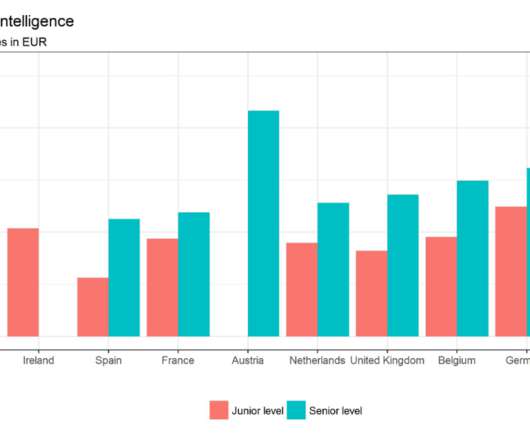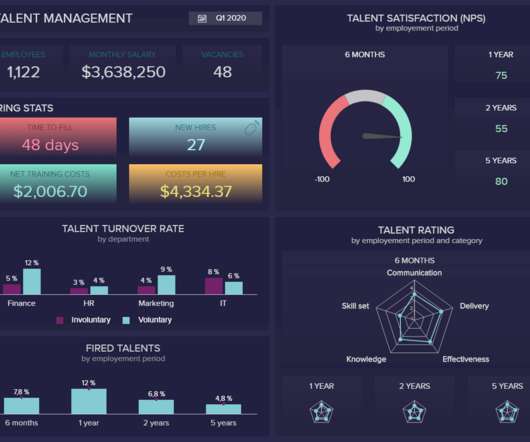What is digital transformation? A necessary disruption
CIO Business Intelligence
AUGUST 9, 2023
Digital transformation defined Digital transformation has become a catchall term for describing the implementation of digital technologies to re-engineer existing processes or develop new services that better engage customers, support employees, improve business operations, and drive business value to the organization’s bottom line.














Let's personalize your content